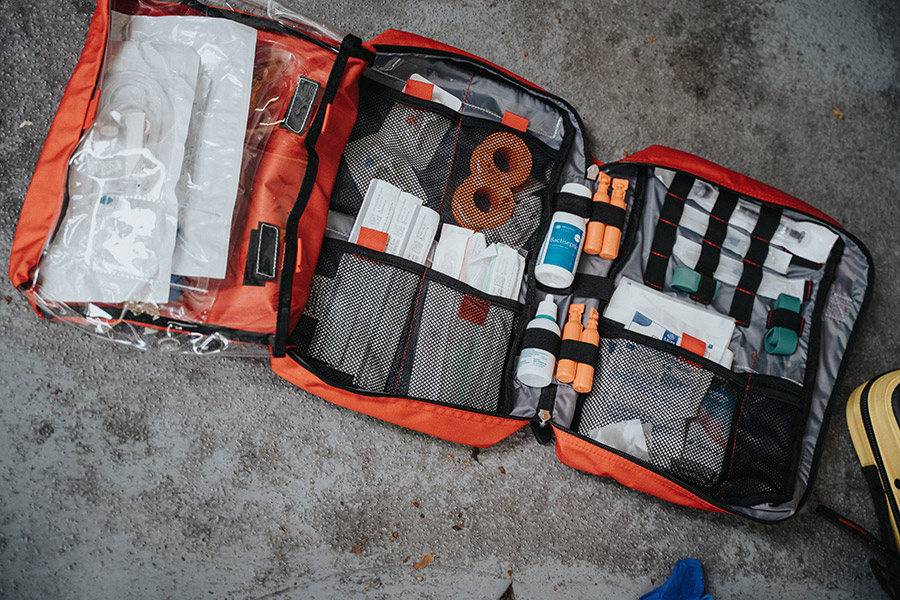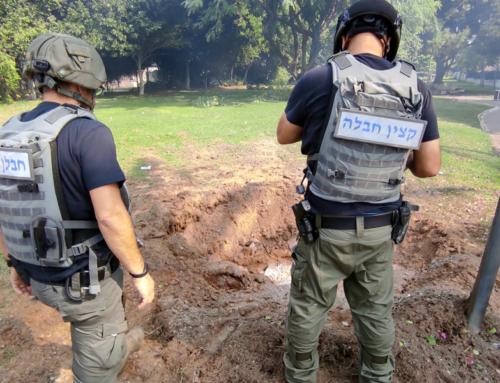THIS PAGE IS BEING UPDATED
AS WE GET NEW INFORMATION AND
QUESTIONS FROM READERS
We do not know how long this war will go on nor if the Northern front will expand into a full-fledged two-front war. There is a lot of uncertainty in a situation like this and we tend to forget that the things we take for granted might not be there for us when we need it. You may not be able to depend on delivery services, internet, electricity or water supply. You have to be prepared to be self-reliant.
Traditional survival guides talk about the “Rule of Three”:
- You can live for 3 minutes without air
- 3 days without water
- 3 weeks without food
Below are suggestions on how to prepare for different scenarios. Everyone has to prepare the best they can and make sure that after this crisis is over, stay prepared for natural or manmade disasters.
The Quick Start Guide
Below is the quick start guide for prepping. Scroll down and you will see more detailed suggestions.
We don’t want to test the limits of our ability to survive under adverse conditions, so here is a list of some of the things you should prepare:
- Potable water: three liters per person per day (9 liters per person for three days). If you are concerned about an interrupted supply, Taharmayim water purification tablets are available from SuperPharm.
- Food that can be eaten “out of the can” and does not require refrigeration or cooking. Think of dried fruit, peanut butter and power bars.
- Flashlight (especially one with replaceable batteries).
- A radio that runs on batteries.
- Extra batteries for flashlight and radio.
- Necessary medicines that you might be taking.
- Candles/matches/lighter.
- Hand sanitizer.
- Whistle.
- First aid kit.
- Pocket knife or Leatherman type tool.
- Extra cash.
- IDs and other important documents in case you need to evacuate.
- If you have children, besides food, water, meds, diapers etc. consider a deck of cards and small games.
In case you have to move to another location, having a backpack ready to hold these items can be useful.
Check the Homefront Command website for additional information.
Let’s do a deep dive into preparing…
Some of the information below comes from Yanosh Kralik and other members of our preparedness WhatsApp group. Thanks you all for the great ideas!
We can break preparations into the following categories:
- Power
- Water
- Food
- Meds
- Security
Preparing for a disaster is big unknown, because we have no idea what, if anything will happen, when and in what form will it come. You will probably put away useless things that might come ion handy and forget to put away things that were essential. You can’t prepare for every scenario. However, you might be able to imagine what life would be like if there was a major blackout or if your building became unsafe to live in. Thinking about it now, before it happens, affords you the luxury of planning in advance and being able to buy or make the necessary things that will help you get through it.
POWER
OK, what would you do if the power went out? What is the first thing that you would pick up? If it is nighttime, you grab a flashlight or a candle and matches.
Keep flashlights ready in various parts of your house with fresh batteries in them. Make sure they are in easy to access places, where they can be reached without having to open cupboards or drawers.
OK, now what? The power might be out for 5 minutes, 5 hours or 5 days. What do you do?
First, try and ascertain if the issue is just your apartment/building or a wider area. Is this a temporary outage or part of a larger issue.
If it is your apartment only, check your electrical panel for any breakers that might have been tripped or the ground-fault circuit interrupter (GFCI).
According to https://www.osha.gov:
A ground-fault occurs when there is a break in the low-resistance grounding path from a tool or electrical system. The electrical current may then take an alternative path to the ground through the user, resulting in serious injuries or death. The ground-fault circuit interrupter, or GFCI, is a fast-acting circuit breaker designed to shut off electric power in the event of a ground-fault within as little as 1/40 of a second. It works by comparing the amount of current going to and returning from equipment along the circuit conductors. When the amount going differs from the amount returning by approximately 5 milliamperes, the GFCI interrupts the current.
The GFCI is rated to trip quickly enough to prevent an electrical incident. If it is properly installed and maintained, this will happen as soon as the faulty tool is plugged in. If the grounding conductor is not intact or of low-impedance, the GFCI may not trip until a person provides a path. In this case, the person will receive a shock, but the GFCI should trip so quickly that the shock will not be harmful.
The GFCI will not protect you from line contact hazards (i.e. a person holding two “hot” wires, a hot and a neutral wire in each hand, or contacting an overhead power line). However, it protects against the most common form of electrical shock hazard, the ground-fault. It also protects against fires, overheating, and destruction of wire insulation.
If it is the GFIC, and you turn it back on and it closes again, you might have a short someplace in your apartment.
If the issue is your building or the area, prepare for what could be an extended outage. Don’t open the fridge! If your power is out for an extended period, every time you open your fridge or freezer you shorten the time you can make sue of the food in it,
Suggestions for power preparations
You need to do a power audit to determine, what is the least amount of power you would need if the power shuts down. There are many variables, so you will not be able to plan for every eventuality, but you can take steps to ensure you have some power to cover basics. We did an audit and determined that we would need:
- Charge one or two laptops
- Charge phones
- A few LED lights
- Possibly charge or power some tools
We considered buying a generator to put on our balcony, but were concerned about the safety of having it emit fumes near us and neighbors. They are noisy and only last as long as you have fuel (and oil for some). They are expensive.
Instead, we opted to install a single PV solar system. One 100 watt panel, a 100 Ahr battery, an MPPT charge controller and and a 350 watt inverter. The system can give us about 8 hours of power and can be charged as long as we have sun. We can also add a 220 v charger so that if we do have power, even for limited amounts of time, it could be recharged.
This system is not for newbies. There are prebuilt systems that come in a box that can do much of what we are doing with our system. Check out large hardware stores, especially ones that deal with tradespeople.
- Buy 48-hour GLASS Yarzheit candles. They are a good way to provide light in various parts of your home, but keep safety in mind, especially of you have young kids. Don’t forget the matches/lighters, lots of them.
FOOD
Suggestions for food preparations
Emergency Water and Food Storage List and Recipe:
This is for Set-it-And-Forget-it type of emergency preparedness.
You will want to also store food that does not require cooking, like canned tuna, sardines, canned fruits, canned veggies, canned milk/power milk, peanut butter, dry cereal, rice cakes, crackers, granola bars
Food to Store in vacuum sealed packages (see photos below) (which requires cooking):
- Chickpeas
- Lentils
- Split green peas
- Rice
- Osem soup seasoning
Sample Recipe
- 4-5 Liters water
- 8oz rice
- 2oz lentils
- 1oz split green
- 1oz chickpeas
Add water, bring to simmer, let it cook for 2 hours.
Makes enough to last 2 days for 4 people.
WATER
Water is one of the most essential items that you need in case there is a disaster.
Suggestions for water preparations
The suggested amount of water storage is three liters per person per day. But this number does not take into account the extreme heat of the Israeli climate and assumes the user is frugal with the water usage.
- Buy bottled water, which you can leave in your Mamad.
- If you have the room, consider buying a large blue barrel and filling it with tap water. They are available in 30, 60, 120 liter sizes.
- When storing large amounts of water, you want to ensure it stays clean. Taharmayim is an Israeli chlorine water purification tablet that is used ny the IDF and armies around the world. You can use it to treat the water in your blue bin. You can buy it at many SuperPharm locations and it sells for about 50 NIS for a box of 50 tablets. Follow the instructions carefully.
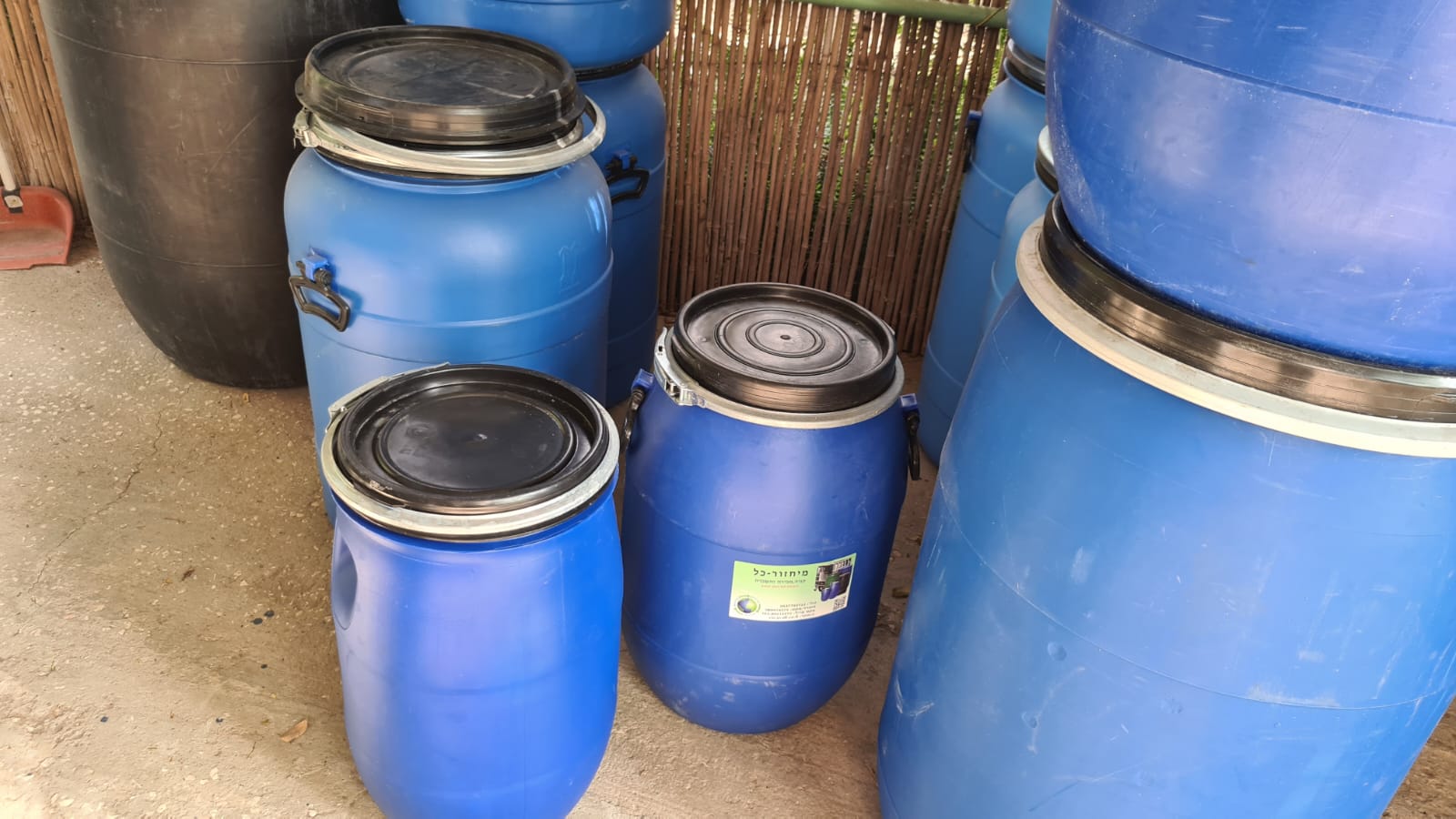
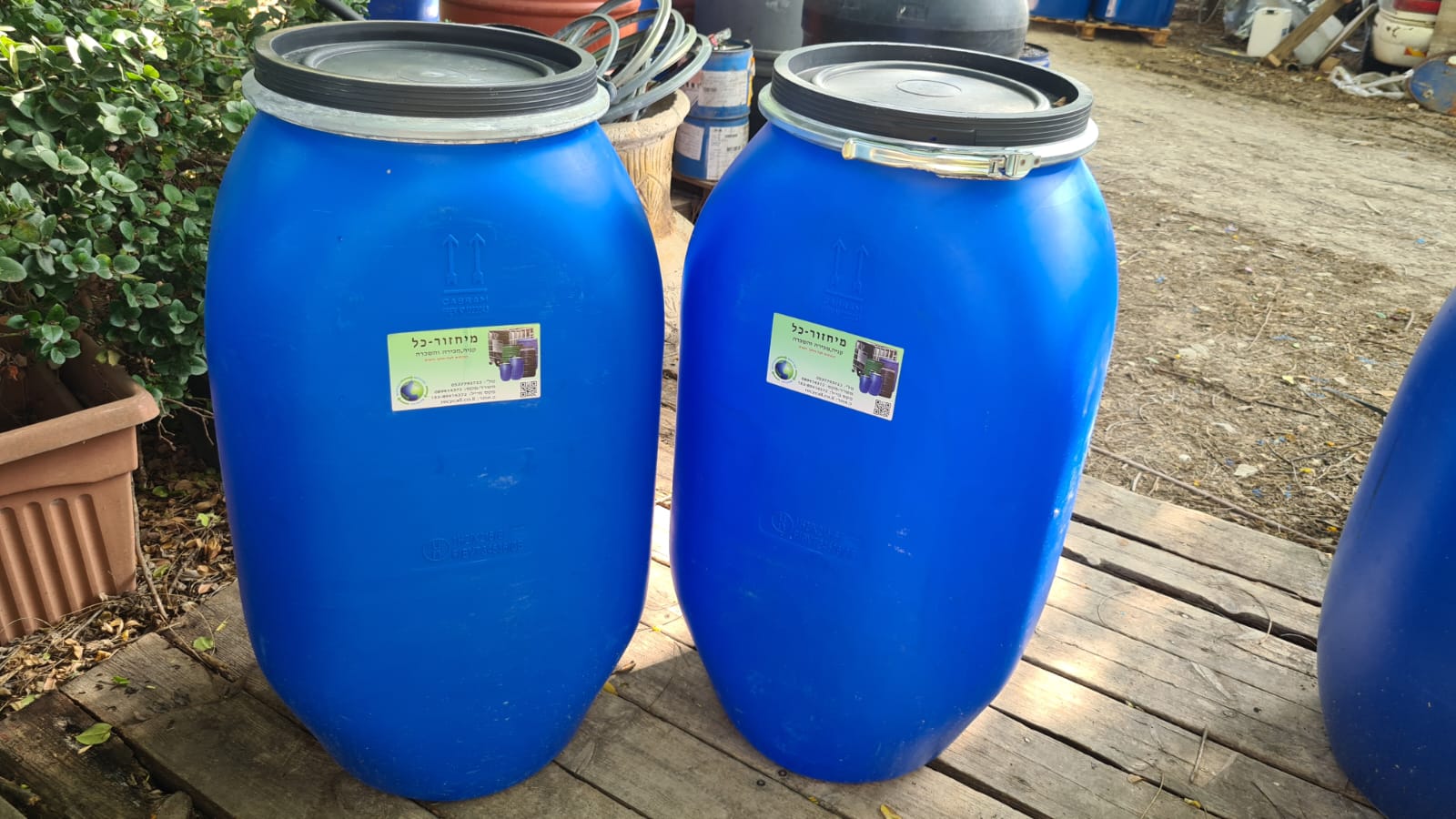
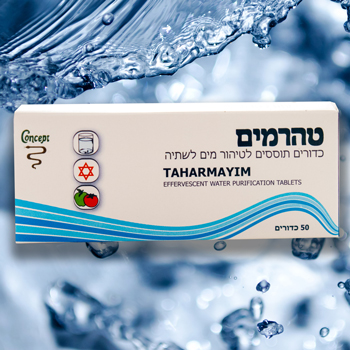
According to the CDC: After an emergency, especially after flooding, drinking water may not be available or safe to drink for personal use. As a result, residents may have to find a source of safe drinking water or know how to treat their water for use in certain activities, such as drinking, making ice, washing hands, and brushing teeth. Also, during and after an emergency, the regular flow of goods, water and food may be disrupted.
In a recent CDC study, the detection of E. coli in over half of filter backwash samples indicates that swimmers frequently introduced fecal material into pools and thus might transmit infectious pathogens to others. The risk for transmission and recreational water illness (RWI) increases if swimmers introduce feces when ill with diarrhea. In addition to minimizing the amount of fecal material introduced into recreational water, Nitrogen in urine and sweat depletes free chlorine by combining with it to form di- and tri-chloramines, which are volatile respiratory and ocular irritants; free chlorine alone, at CDC-recommended concentrations, is not an ocular irritant. This study and others indicate that swimmers frequently introduce fecal material, microbes, urine, sweat, and other contaminants into recreational water. Another study suggests that disinfectant level and pH frequently are not properly maintained.
Follow the instructions from the manufacturer. If you are using Taharmayim, you can do either, but if you are storing for many years, you might want to use the water purification tablets before you drink the water. Every situation is different and the use will depend on the quality of the water, how it is stored and for how long.
